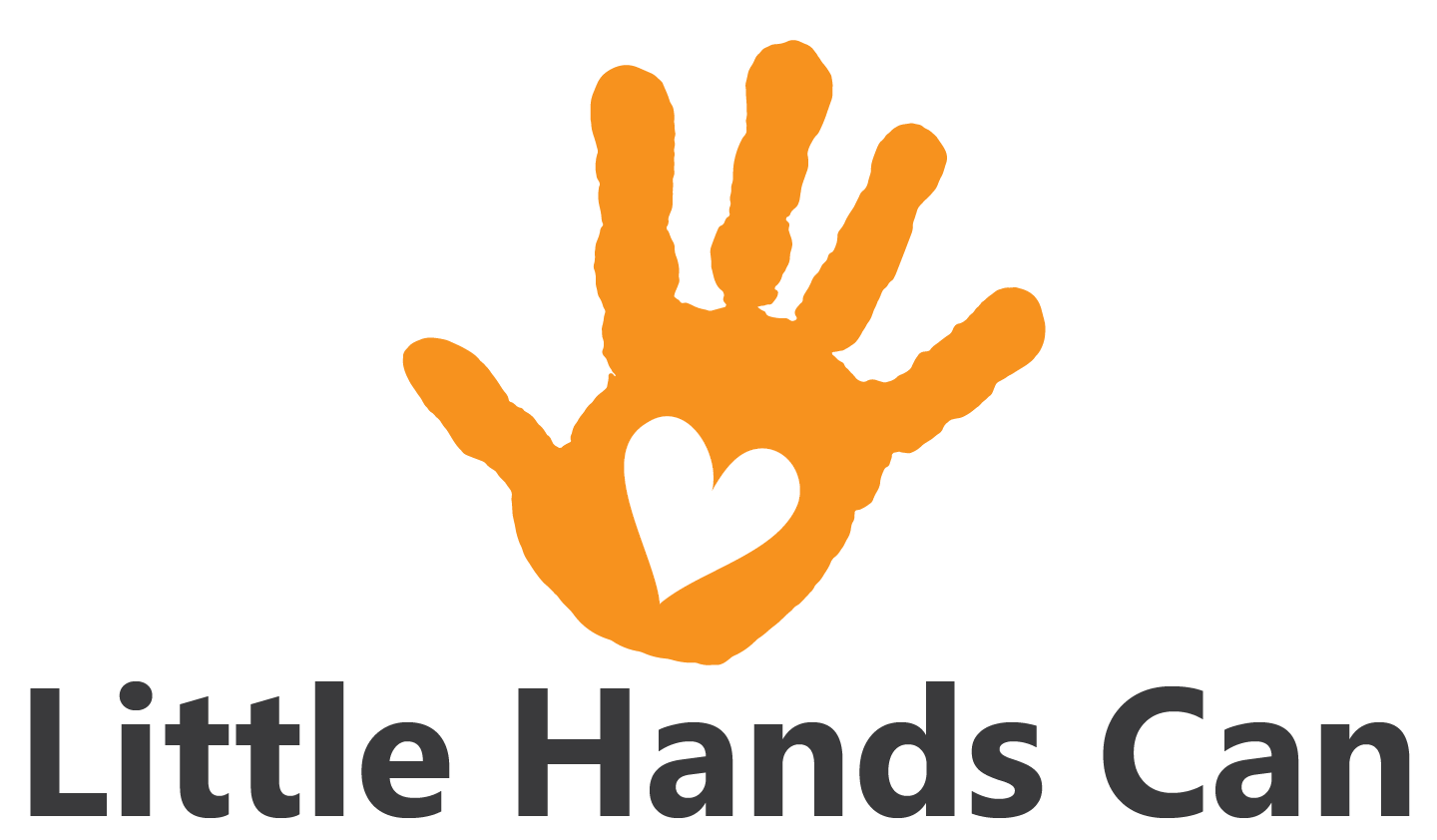Kindness Kit #6: Caring for the Environment
THe following are lessons designed to help your children care for the earth
Lesson #1: Simple Global Warming Science Experiment
The website Sciencing has created an excellent YouTube video to help you complete this simple global warming demonstration using materials you probably have at home.
Gather your materials:
2 glass or plastic containers that are the same size and have lids.
thermometer(s)
ice
plastic wrap
water
Fill both containers with 2 cups of water.
Add 5 ice cubes to each.
Wrap one of the containers in several layers of plastic wrap to represent the greenhouse gases.
Set them in the sun for one hour.
Measure the temperature and discuss why the container with the wrap ended up warmer than the one without.
Discuss:
What are greenhouse gases?
How do greenhouse gases contribute to global warming?
What are the negative consequences to the environment, including both plants and animals?
What are some ways we can reduce our carbon footprint or change our habits to try to solve this problem?
Lesson #2: Go On A Nature Walk Scavenger Hunt
Help teach your kids to appreciate nature by getting outside. Start by studying ants on the sidewalk, squirrels and birds in the trees, finding worms on the ground, feeling the breeze and the sun on your skin. You can start in your own neighborhood. These scavenger hunts are designed to help you use your five senses to really think about what you are seeing, feeling, tasting, smelling, and touching as you walk.
As you find the items on your list, talk about
the purpose of each of those creatures, plants, and objects and the relationships between them all (e.g., the rain helps our plants grow, plants give us oxygen and food, worms help make the soil rich so the plants can grow, etc.).
how we can take care of these things in nature and why it’s important to do so (e.g., we can use less plastic, throw away trash, recycle and compost, we can plant a garden with plants that not only we can eat but that also provide habitats for other creatures, etc.).
animal habitats and how we can help preserve them (e.g., plant more trees and don’t cut them down, observe ant hills but don’t touch them, stay on trails rather than walking on native plants, plant flowers that attract bees, butterflies, and insects, etc.).
your love for all of the parts of the environment.
Lesson #3: Reduce, Reuse, Recycle Practice
Practice sorting recycling, compost, and waste items by playing this game on turtlediary.com.
Afterward, ask kids for ideas on how they can eliminate and reduce waste.
Set a family challenge to reduce waste of energy, water, and/or plastics for a week or month and document the changes you have made and how you will maintain it.
Task your children with developing a composting plan.
Reuse and/or upcycle plastic and glass into storage containers, birdfeeders, pots for plants, artwork, and more!





